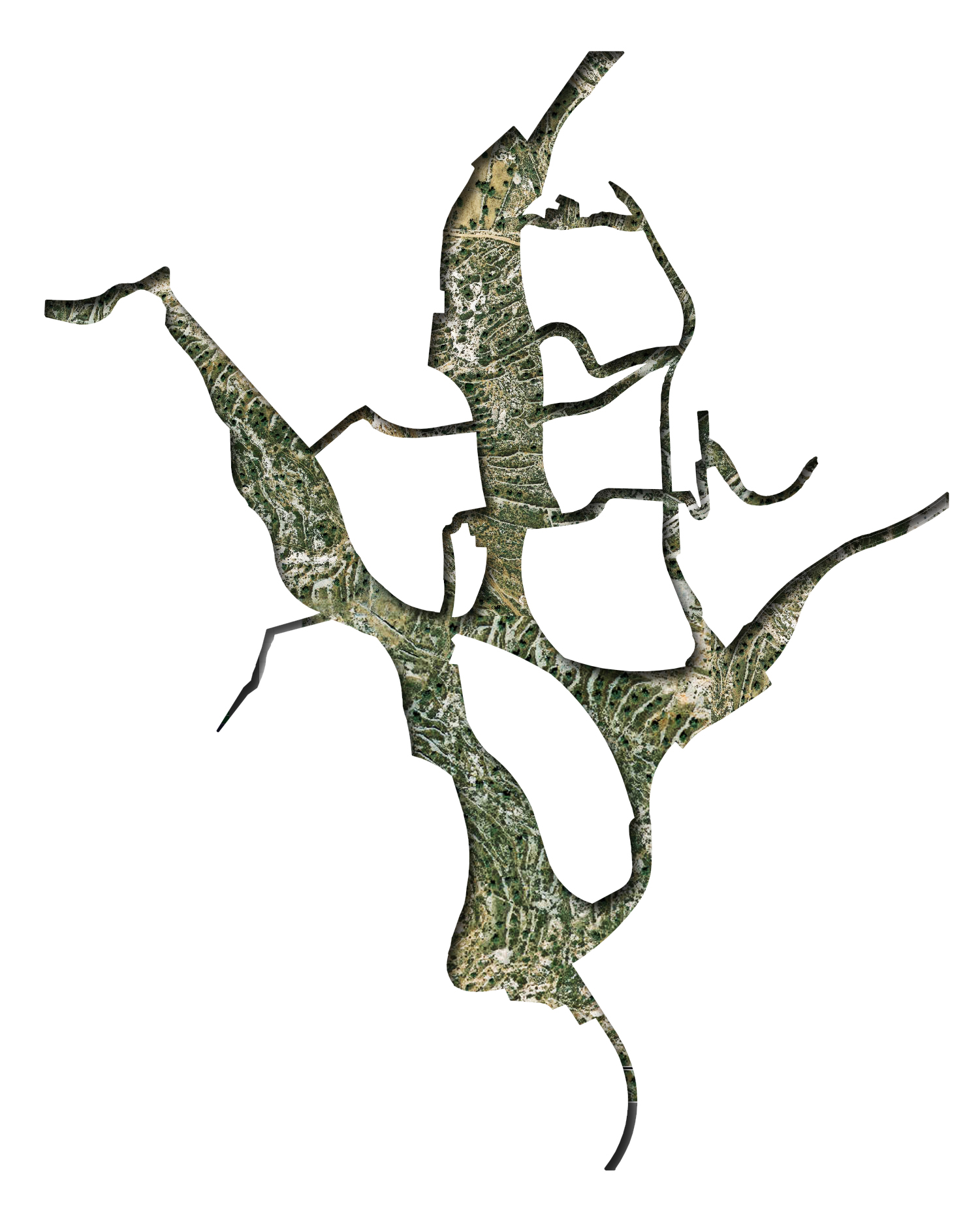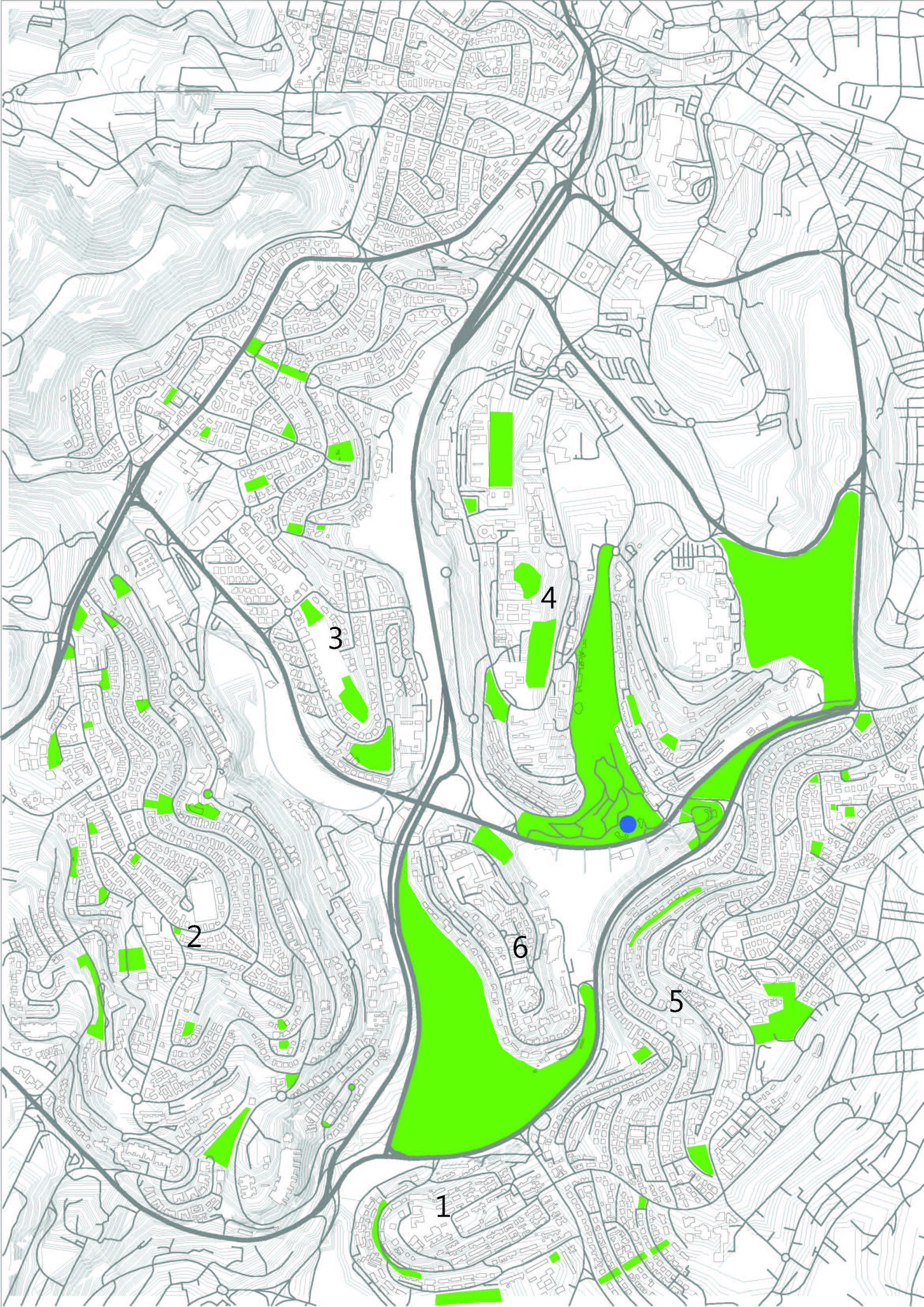The following article is based on a masters thesis completed by Matti Rosenshine in 2016. A full copy of the thesis can be downloaded here.
This thesis aims to explore the relationship between urban enclavism and Modern planning modes. Depicting Modern urban design and planning strategies, prevalent during the beginning of the twentieth century, this thesis explores their possible relationship and impact on the evolution of the fragmented city. Jerusalem’s built fabric is predominantly composed of isolated and segregated enclaves, yielding a socially, economically and environmentally non-sustainable city. Enclave urbanism and spatial segregation is not unique to Jerusalem, rather it has existed for hundreds of years and is prevalent in cities worldwide. Jerusalem’s morphology is often attributed to its natural topography and complex, ethnic, social and political structure. In this thesis I will try to show that these factors have only partially contributed to the cities’ structure, and that other, historic factors have shaped the urban morphology over the past 75 years.
Using Jerusalem as a case study, Modern planning modes, exercised during the British Mandate during their thirty year reign in Palestine, and perpetuated until this very day, are identified as the prime cause of urban enclavism. Positing that planning and design concepts, which might have been appropriate during the early part of the twentieth century are no longer adequate today, alternative modes of thought are explored.
Through a design process, accepted norms are challenged while exploring alternative methodologies reflecting principles of connectivity, continuity, multiplicity and heterogeneity.
Finally, this thesis offers a set of design principles and tools intended to form the basis for the creation of sustainable cities.




